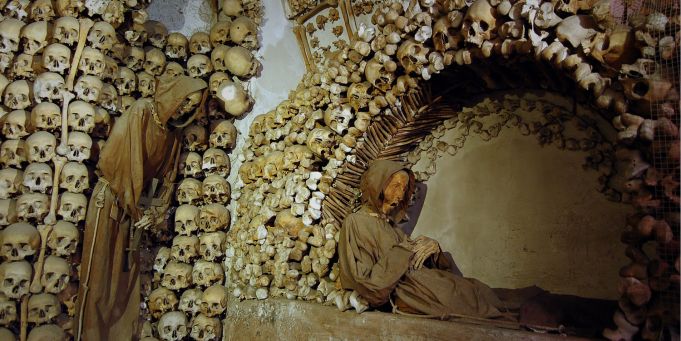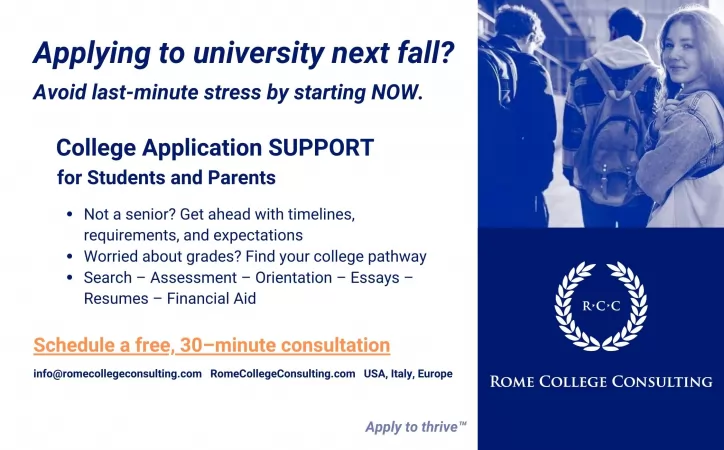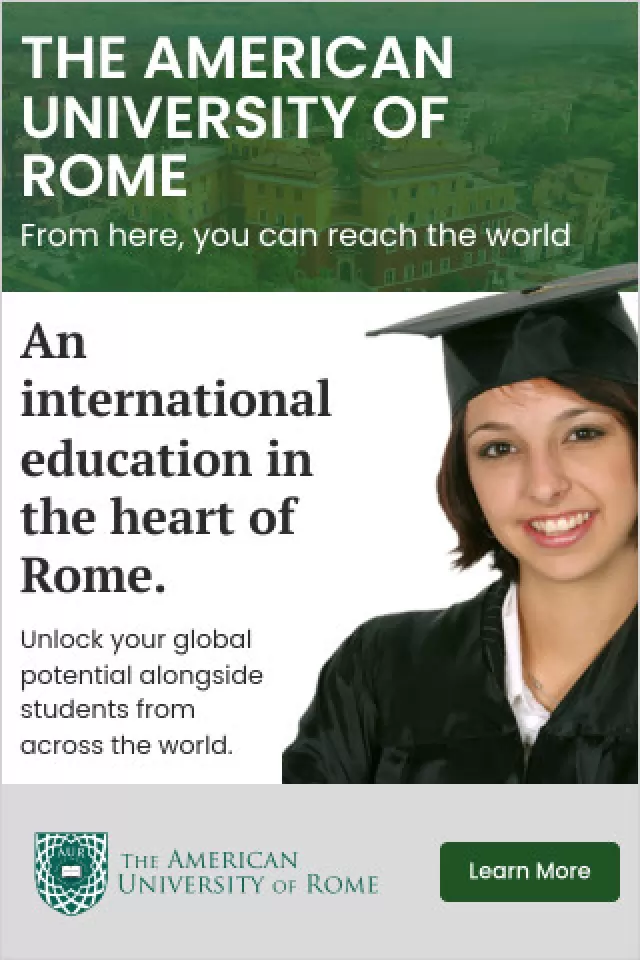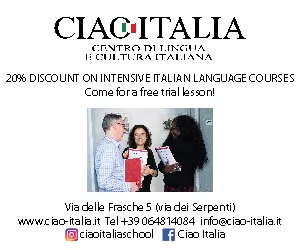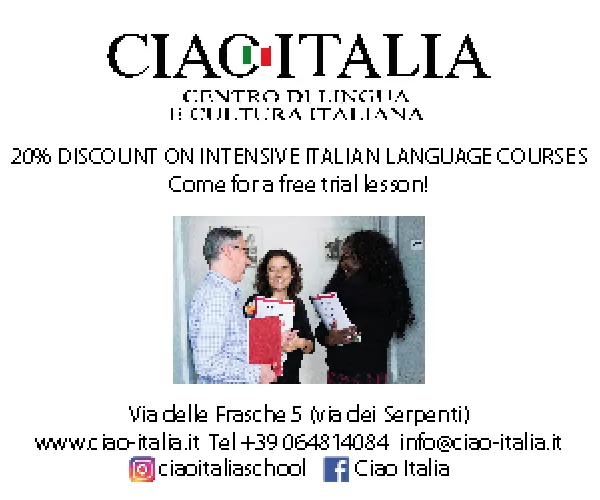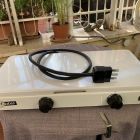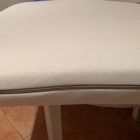Skulls and bones of Capuchin friars on Via Veneto in Rome.
The vaults and walls of the crypt in the Capuchin Church of S. Maria della Concezione on Rome's Via Veneto are decorated with the bones and skulls of some 3,700 friars who died between 1528 and 1870.
When the friars left behind their old monastery to move to their new church in 1631, they brought with them 300 cartloads of bones belonging to deceased friars.
With the death of each monk over the subsequent centuries, the dead were buried in the crypt, without coffins, in soil said to have been brought from Jerusalem by order of Pope Urban VIII.
The practice involved the longest-buried friar being exhumed to make space for the newly deceased, with the reclaimed bones added to the decorative motifs on the walls of the six small rooms in the crypt.
Bodies typically spent 30 years decomposing in the soil, before being exhumed.
The Catholic order insists that the display of human bones is not meant to be macabre, but a silent reminder of the swift passage of life on Earth and our own mortality.
The crypt can be visited daily 10.00-19.00. Tickets cost €10 for adults and €6.50 for children aged 7-18. For full visiting information see
website.


